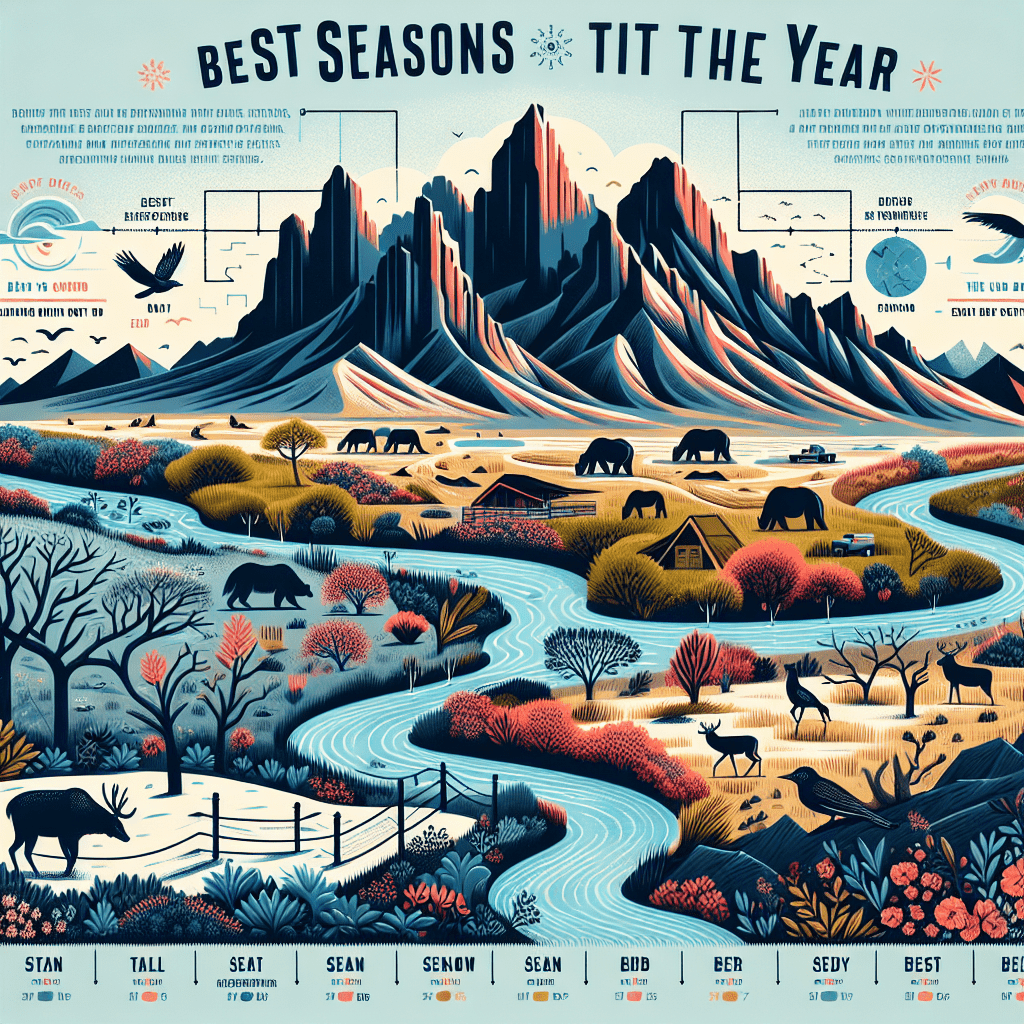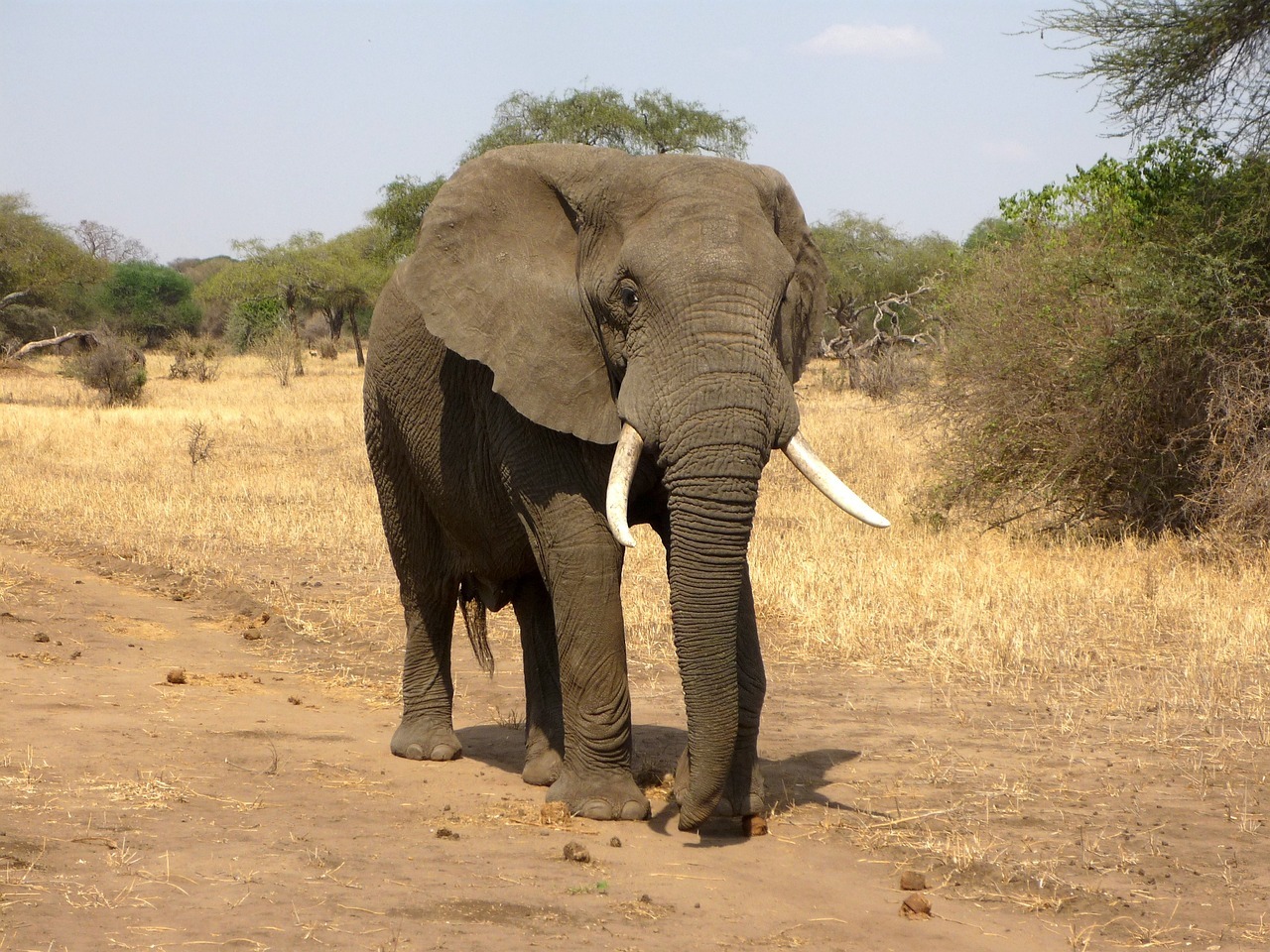
Thinking of planning a trip to Big Bend National Park? Well, you’ve come to the right place! In this article, we’ll fill you in on the best time to visit this breathtaking destination. From stunning landscapes and diverse wildlife to engaging outdoor activities, Big Bend has it all. So, grab your hiking boots and get ready for an adventure like no other!
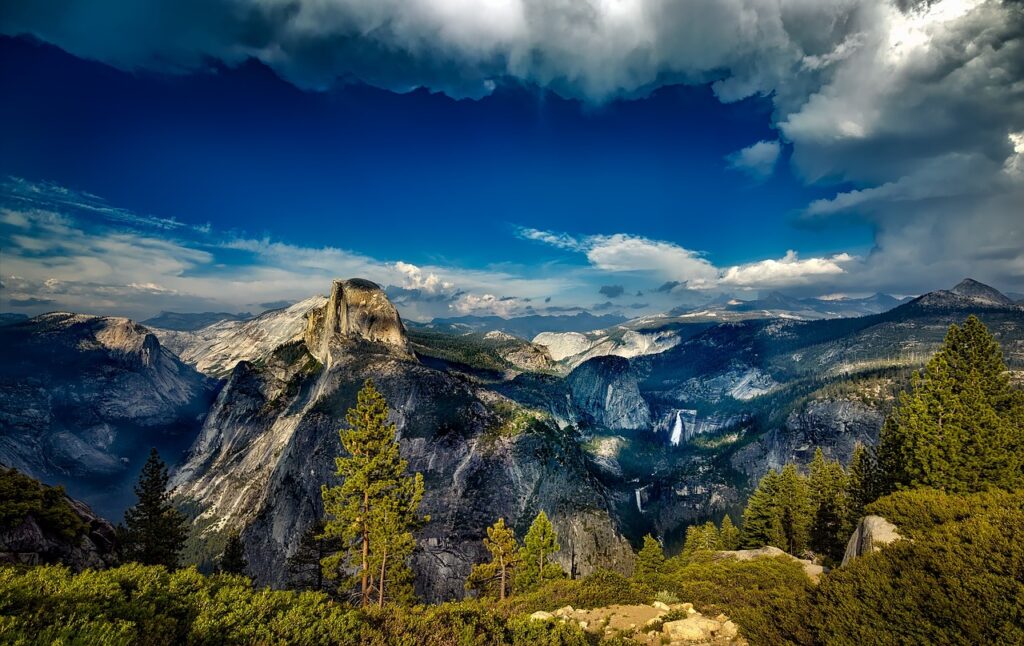
Best Season to Visit
Spring
Spring is a splendid time to visit Big Bend National Park, as the park awakens from its winter slumber. With the arrival of March, the weather becomes pleasantly warm, with temperatures ranging from the mid-60s to low 80s Fahrenheit (15-27 degrees Celsius). The wildflowers burst into bloom, painting the landscape with vibrant hues of red, yellow, and purple. It is the perfect season for hiking and exploring the various trails and routes within the park.
Summer
Summer in Big Bend National Park can be quite hot, with temperatures soaring into the triple digits. However, for those who can withstand the heat, summer offers its own unique charms. The park is less crowded, providing ample solitude and tranquility. The soaring temperatures also make it ideal for river activities, such as kayaking or floating down the Rio Grande. It is important to stay hydrated and take precautions against the sun during this season.
Fall
Fall is a delightful time to visit Big Bend National Park, as the oppressive heat of summer gives way to milder temperatures. The thermometer hovers in the comfortable range of 70s and 80s Fahrenheit (21-27 degrees Celsius), making it ideal for outdoor activities. The foliage begins to change, transforming the landscape into a picturesque canvas of oranges, yellows, and browns. Fall is an excellent season for wildlife viewing, as many animals and birds prepare for the winter ahead.
Winter
Winter is a magical season in Big Bend National Park, as the desert landscape experiences a breathtaking transformation. The temperatures drop considerably, ranging from the 40s to 60s Fahrenheit (4-15 degrees Celsius), creating a pleasant coolness in the air. The lack of foliage allows for better visibility, making winter an ideal time for wildlife viewing and birdwatching. The clear skies and reduced light pollution provide excellent conditions for stargazing and astro photography. It is essential to come prepared with warm clothing, as the nights can be quite chilly.
Weather Conditions
Temperature
The temperature in Big Bend National Park can vary greatly depending on the season. Spring offers mild and pleasant temperatures, making it an ideal time to explore the park. Summer can be scorching, with temperatures often exceeding 100 degrees Fahrenheit (38 degrees Celsius). Fall brings milder temperatures, perfect for outdoor activities. Winter brings a coolness to the air, with temperatures dropping significantly, especially during the nights. It is important to plan and pack accordingly, taking into account the expected temperature fluctuations.
Precipitation
Weather patterns in Big Bend National Park are characterized by low rainfall and dry conditions. The park receives most of its precipitation during the summer months when brief but intense thunderstorms are common. These storms can cause flash floods in certain areas, making it crucial to exercise caution and be aware of weather conditions. Annual precipitation averages around 10 inches (25 centimeters), with the majority falling from May to September.
Wind
Wind is a common feature in Big Bend National Park, especially during the spring months. Springtime winds can be quite strong, with gusts reaching up to 40 miles per hour (64 kilometers per hour) or even higher. It is important to be prepared for windy conditions while hiking or engaging in outdoor activities. Additionally, gusty winds can lead to increased fire danger, so it is crucial to follow any fire safety regulations in place.
Wildlife Viewing
Animals
Big Bend National Park is a haven for wildlife enthusiasts, with a diversity of animal species calling the park home. From charismatic mammals like black bears, mountain lions, and javelinas to reptiles such as rattlesnakes and lizards, the park offers ample opportunities for wildlife encounters. Visitors may also spot elusive creatures such as bobcats, coyotes, and gray foxes. It is essential to remember that these are wild animals and should be viewed from a safe distance, respecting their natural habitats and behaviors.
Birds
Big Bend National Park is a birdwatcher’s paradise, with over 450 species of birds recorded within its boundaries. The park’s varied ecosystems, which include canyons, desert scrubland, and river corridors, attract a diverse array of birdlife. Visitors may spot species like golden eagles, peregrine falcons, roadrunners, and painted buntings, to name just a few. Binoculars and a bird identification guide are highly recommended for an enhanced birdwatching experience.
Plant Life
The plant life in Big Bend National Park is a testament to the resilience and adaptability of desert flora. Visitors will encounter an array of cacti, including the iconic Saguaro and Barrel cacti, along with yuccas and various species of wildflowers. The Chisos Mountains, located within the park, provide a unique habitat for a diverse range of plant species, including ferns and orchids. Exploring the park’s trails and canyons will reveal a tapestry of colors and textures that highlight the beauty of desert vegetation.
Hiking and Outdoor Activities
Trails and Routes
Big Bend National Park offers an extensive network of trails and routes, catering to hikers of all skill levels. Whether you’re seeking a leisurely stroll along a nature trail or an adrenaline-filled hike along a challenging peak, the park has something to offer. The Chisos Basin area is particularly popular, with several trails providing stunning views of the surrounding mountains and canyons. It is essential to plan your hikes in advance, considering the length and difficulty of the trail, as well as the availability of water sources.
Camping Options
Camping in Big Bend National Park allows visitors to fully immerse themselves in the park’s natural beauty. The park offers several developed campgrounds, ranging from those with basic amenities like restrooms and picnic tables to more primitive sites with limited facilities. Additionally, backcountry camping is permitted in designated areas, allowing for a more secluded experience. It is important to obtain the necessary permits and follow camping regulations in order to ensure a safe and enjoyable experience.
River Activities
The Rio Grande, which forms part of Big Bend National Park’s southern border, offers a host of recreational opportunities. Visitors can enjoy activities such as kayaking, canoeing, and rafting, allowing for a unique perspective of the park’s stunning landscapes. Floating down the river provides a chance to witness the park’s diverse wildlife and admire the towering canyon walls. It is important to be aware of river conditions and consult with park rangers regarding safety precautions and any current regulations related to river activities.

Photography Opportunities
Landscape Photography
Big Bend National Park provides endless opportunities for capturing stunning landscape photographs. The park’s diverse terrain, which includes towering mountains, sweeping desert vistas, and intricate canyons, offers a wealth of subject matter. The ever-changing light conditions, particularly during sunrise and sunset, enhance the visual appeal of the landscapes. Photographers can showcase the park’s dramatic beauty by experimenting with different compositions, perspectives, and focal points.
Astro Photography
The lack of light pollution in and around Big Bend National Park makes it an ideal destination for astrophotography. The park’s remote location and clear night skies offer unparalleled opportunities to capture the celestial wonders above. Photographers can capture stunning images of the Milky Way, constellations, and even meteor showers. It is recommended to visit during the new moon phase for optimal star visibility and to utilize long-exposure techniques to capture the intricate details of the night sky.
Crowd Levels
Peak Season
Big Bend National Park experiences its peak season from late winter to early spring when the weather is at its most enjoyable. During this time, the park can be quite busy, especially on weekends and holidays. Popular hiking trails, campsites, and attractions may have larger crowds, requiring early planning and reservation. It is advisable to book accommodations and activities in advance to ensure availability and to enjoy a more relaxed experience.
Off-Season
Visiting Big Bend National Park during the off-season, which typically includes the summer and the hotter months of fall and spring, offers a quieter and more peaceful experience. The park experiences fewer visitors during these periods, allowing for a greater sense of solitude and a chance to fully appreciate the park’s tranquility. However, it is important to bear in mind that the extreme heat of summer can make certain activities uncomfortable or even dangerous, and the availability of facilities and services may be limited.
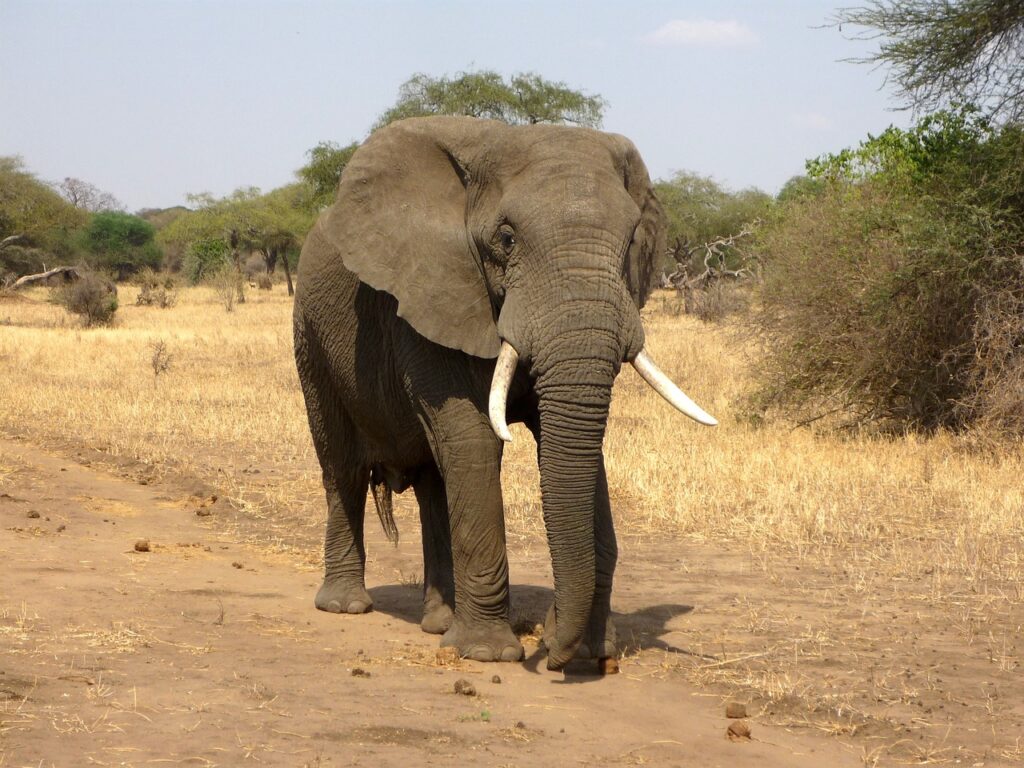
Special Events and Festivals
Annual Events
Big Bend National Park hosts several annual events that celebrate the park’s natural beauty and cultural heritage. The Rio Grande River Festival, held in May, showcases the park’s vibrant river ecosystem through educational programs, guided tours, and recreational activities. The Star Party, held in mid-April and November, brings together astronomy enthusiasts to enjoy stargazing and learn from experts. These events provide a unique opportunity to engage with the park’s diverse offerings and connect with other like-minded individuals.
Celebrations
Throughout the year, Big Bend National Park also celebrates various cultural and historical events. The annual Native Plant Festival, held in October, highlights the park’s native flora through guided walks, workshops, and presentations. The holiday season sees festive celebrations such as the Christmas Tree Lighting Ceremony, where visitors can gather for holiday cheer and enjoy live music. These celebrations provide visitors with a deeper understanding of the park’s rich history and cultural significance.
Accessibility and Facilities
Visitor Centers
Big Bend National Park features several visitor centers that serve as hubs of information and resources. These centers provide information on park facilities, trails, wildlife viewing, and safety tips. The visitor centers also offer exhibits and audiovisual presentations that educate visitors about the park’s unique natural and cultural features. The rangers and staff are always available to answer questions and provide guidance, ensuring a memorable and informative visit.
Accommodations
Big Bend National Park offers a range of accommodations to suit different preferences and budgets. The park has developed campgrounds with basic amenities and limited facilities, allowing visitors to immerse themselves in the park’s natural beauty. For those seeking more comfort, the Chisos Mountains Lodge offers cozy rooms and cabins, providing a respite from the elements. It is important to book accommodations well in advance, especially during the peak season, to secure preferred options.
Restaurants
Big Bend National Park has a few dining options scattered throughout its various areas. Visitors can enjoy a hearty meal at the Chisos Mountains Lodge Restaurant, which offers a menu featuring regional specialties. Additionally, there are smaller cafeterias and snack shops available in certain parts of the park offering lighter fare and refreshments. However, it is advisable to bring your own food and water, especially when embarking on longer hikes or backcountry camping, as services and dining options may be limited in certain areas.
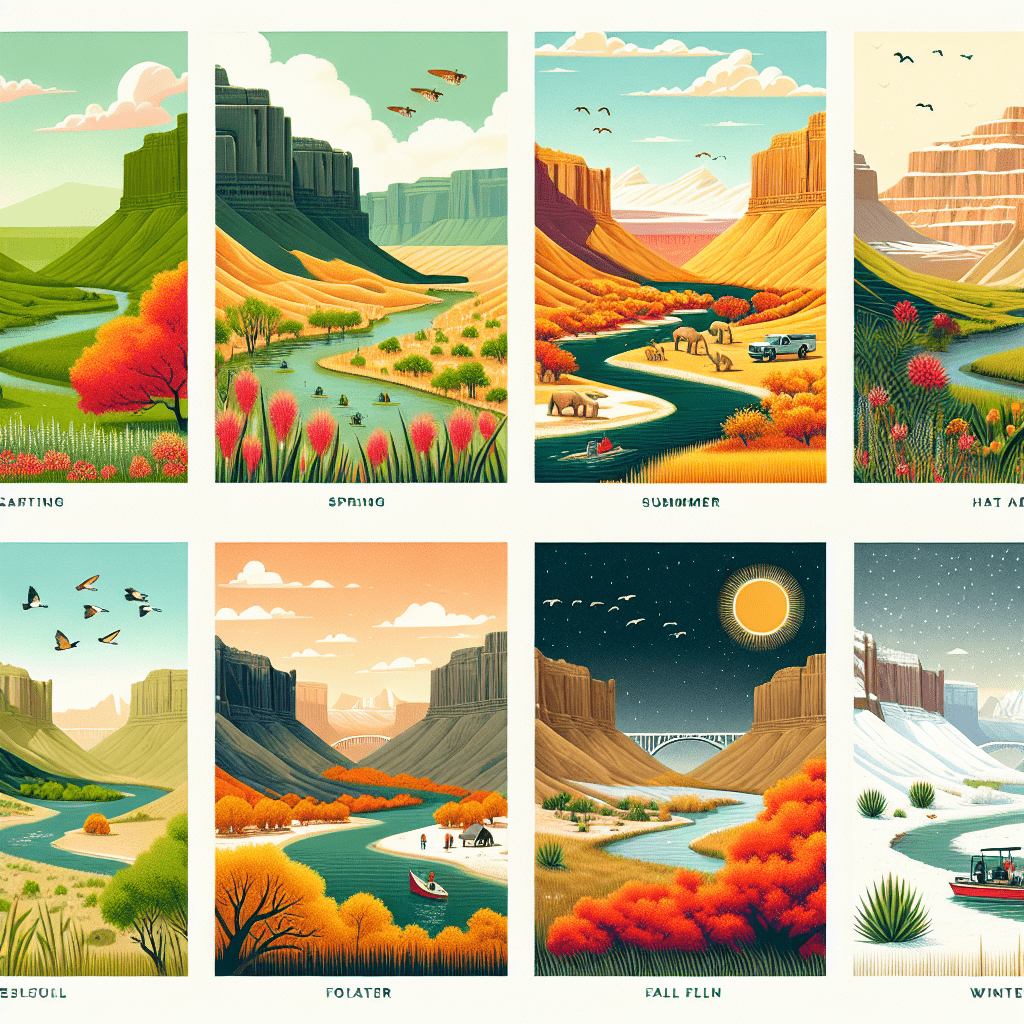
Safety Considerations
Extreme Temperatures
The desert environment of Big Bend National Park exposes visitors to extreme temperatures, particularly during the summer months. It is crucial to stay hydrated and protect yourself from the sun by wearing sunscreen, a hat, and lightweight clothing. Additionally, recognizing signs of heat exhaustion and heatstroke, such as dizziness, nausea, and confusion, is essential for ensuring personal safety. Hiking and outdoor activities are best undertaken during the cooler hours of the day and adequate water supplies should always be carried.
Flash Floods
Big Bend National Park is susceptible to flash floods, particularly during intense thunderstorms. These floods can occur suddenly and can be extremely dangerous. It is vital to be aware of weather conditions, especially during the monsoon season (May to September), and to heed any warnings or closures issued by park officials. Avoid camping in arroyos or low-lying areas prone to flooding and always stay vigilant when hiking near washes or canyons.
Wildlife Encounters
Encounters with wildlife are a common occurrence in Big Bend National Park, and while many of these interactions are awe-inspiring, caution must be exercised. Visitors should maintain a safe distance from animals, as they are wild and their behavior can be unpredictable. It is important to avoid feeding or approaching animals, as this can disrupt their natural behaviors or cause them harm. Storing food securely and disposing of waste properly also helps minimize the potential for wildlife encounters and prevent habituation.
Budget and Cost
Park Fees
Access to Big Bend National Park requires the payment of an entrance fee, which can vary depending on the type of vehicle and the duration of the visit. As of 2021, the fee for a private vehicle is $30 for a seven-day pass, while the fee for an individual on foot or bicycle is $15 for a seven-day pass. Annual and interagency passes are also available for those planning multiple visits or exploring other national parks. It is advisable to check the park’s official website for the most up-to-date fee information.
Accommodation Costs
The cost of accommodation in Big Bend National Park varies depending on the type of lodging chosen. Developed campgrounds typically have fees ranging from $14 to $32 per night, depending on the facilities provided. The Chisos Mountains Lodge, offering rooms and cabins, has rates starting from around $160 per night. It is important to make reservations in advance, especially during peak seasons, to ensure availability and secure preferred lodging options.
In conclusion, the best time to visit Big Bend National Park depends on personal preferences and the desired experiences. Spring offers pleasant weather and vibrant wildflowers, summer provides solitude and river activities, fall showcases foliage change and wildlife activity, and winter offers enchanting landscapes and excellent stargazing. Visitors can enjoy wildlife viewing, hiking diverse trails, capturing stunning photographs, and immersing themselves in the park’s natural beauty. It is important to consider weather conditions, crowd levels, safety considerations, and budget when planning a visit to Big Bend National Park.
